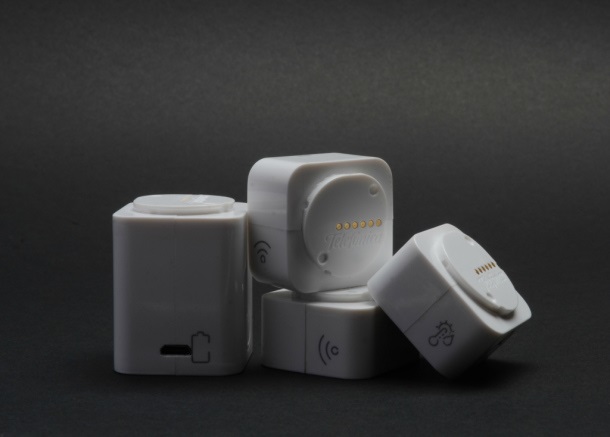The Internet of Things phenomenon has thrown up some interesting prospects for the future of consumers’ home, but presents a number of challenges for operators in the short term.
As the list of devices conceived as being “connectable” grows seemingly endless, it’s the telco industry that needs to find a way to bring them all together into something coherent and, above all, functional.
Speaking at Huawei’s Ultra-broadband Forum this week in Spain, Ignacio Martin, Director of Marketing and Partnerships for Telefónica’s Smart Home unit, said it was services as opposed to devices that would form the foundation of the connected home industry.
Martin, who labelled the smart home “the consumer version of the Internet of Things” said telcos were in an unmatched position to create innovative applications for smart home technology, calling it “a train nobody wants to miss”.
He said: “At the end of the day, I don’t think the smart home will be about devices, but about the services we’re going to be able to put together: an extra level of service on top of the basic smart home infrastructure. That’s not easy to get from other people.
“If there is something that we’re good at, it’s creating services. The value chain is complex, but we’re experts at putting it together.”
However, there was scepticism from other speakers at the event in Madrid this week.
Ovum Analyst Mark Newman claimed the industry “lacked specificity” when it came to the oft-touted connected home services envisaged by operators, drawing attention to e-healthcare in particular.
Newman said: “When we talk about healthcare, it’s far too expansive. We’re not going to convince people to spend money on things they don’t need.
“The smart home gives the impression of being everything but it might only be a small handful of niche cases with no value attached.”
Others at the forum stressed there were still considerable technological barriers to overcome.
As the number of wireless devices in the home increases, bringing adequate connectivity to consumers’ homes remains an uphill struggle for telcos.
Howard Watson, Chief Architect & MD Global IT Systems at BT, said: “We haven’t cracked the connected home at all yet.”
Watson singled out multi-screen video as a particular bugbear.
“It’s too hard to move video around home with Category 6 [LTE] or coaxial cable. We have to solve that problem, yet it seems to be getting harder to do so because of the growing number of wireless devices in the home.”
Meanwhile Peter Lam, Managing Director of Engineering at PCCW-HKT, said the fate of virtual reality in the smart home rested on operators’ willingness to invest in high-capacity infrastructure.
Lam said: “VR applications are becoming really exciting. If we don’t have this bandwidth, then we do not have capabilities to deliver these services.”
Despite the issues highlighted by others, Telefónica’s Martin asserted that operators still had all the necessary parts required to start making consumers’ homes smart.
“I believe the current technology is enough to enable us to launch smart home services. There is maybe something new to come that will drive adoption faster, but I’m happy that we have the capabilities to [launch it now].
“Our priorities now are increasing awareness to the customers…to encourage them to start using smart home services.”



